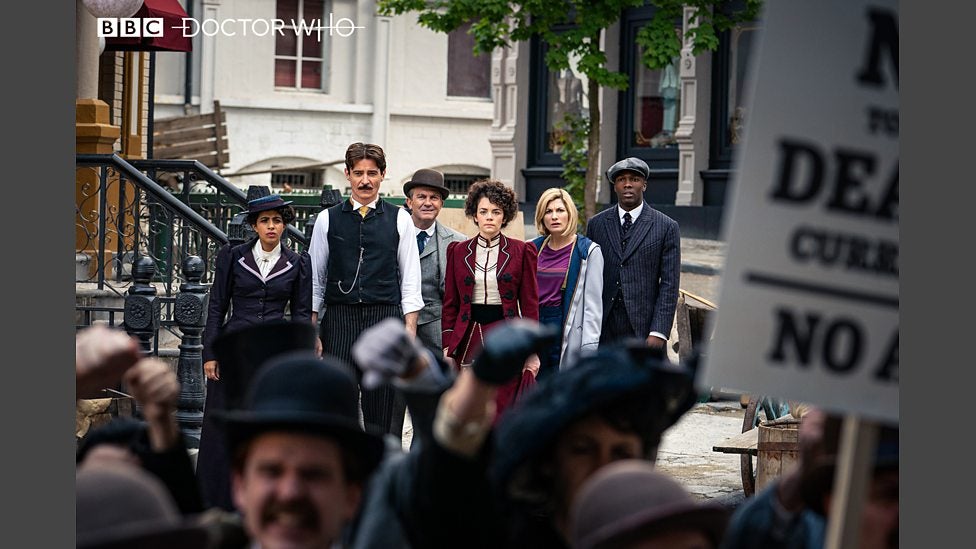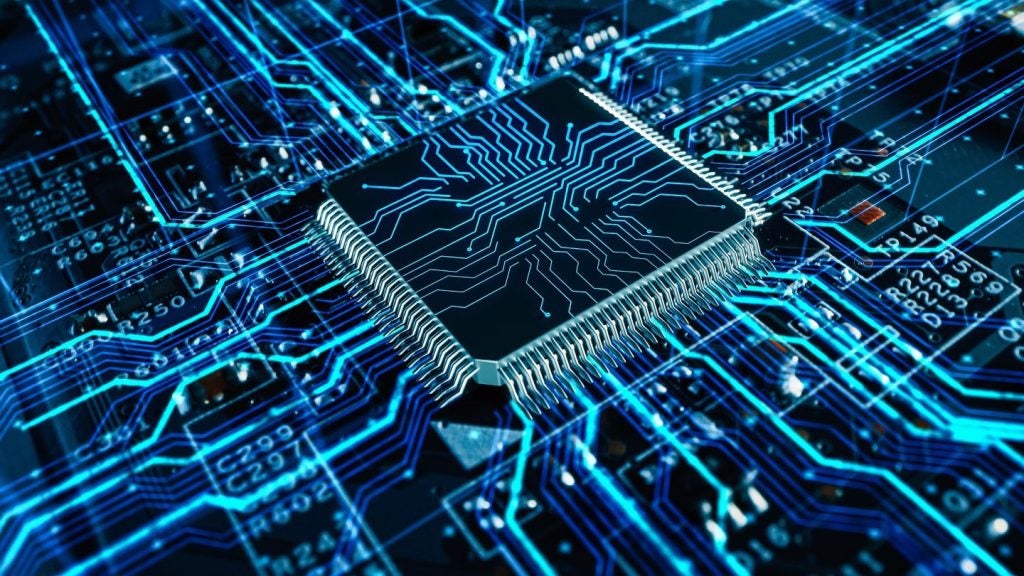
Sunday’s Doctor Who opened with Nikola Tesla delivering a speech to investors at his Niagara Falls hydroelectric generator in 1903, and references to his life and inventions came thick and fast throughout the episode. We look at the true stories behind the historical figures and inventions featured in the episode.
The real people in Doctor Who “Nikola Tesla’s Night of Terror”
Nikola Tesla
Nikola Tesla was a Serbian-American born in 1856 in Smiljan, which was then part of the Austrian Empire, who went on to become a genius, if commercially unsuccessful, inventor, physicist and engineer. He moved to the US to manage the Edison Machine Works where he reportedly met Edison and left after a disagreement over bonuses to set up his own arc lighting business.
His patents for AC current technology helped fund his laboratory. He filed around 300 patents, many of which influence today’s technology.
Thomas Edison
Prolific American inventor and businessman Thomas Edison was born in 1847 and was awarded over 1,000 patents including the first incandescent light bulb, the motion picture camera and the phonograph. He and Tesla fell either side of the so-called “War of Currents”, with Edison supporting DC and Tesla AC, referenced in the episode by the protesters shouting “No to death current AC!”.
Dorothy Skerritt
Skerritt was Tesla’s secretary but didn’t join him until 1912, nine years after the episode is set. She witnessed many of his demonstrations and carried out research for him at the New York Public Library, so her portrayal as being hands-on and well-informed was accurate. She remained with him until 1922 and went on to work for the US Government during WWII, after which she started a business selling redundant machine tools made for the war.
The inventions in Doctor Who “Nikola Tesla’s Night of Terror”
Niagara generator
Under the leadership of British physicist Lord Kelvin, Tesla and George Westinghouse began building a hydroelectric generator to harness the natural energy of Niagara Falls in 1895. In 1896 it began transmitting electricity over 21 miles to power the street lights of Buffalo. A monument to Tesla was unveiled at the site in 2006.
Wardenclyffe Tower
Tesla began constructing the 57m tall Wardenclyffe Tower in Long Island, New York, in 1901, with the dream of being able to transmit electricity wirelessly around the world. He scaled up his plans in response to progress in radio transmission made by Guglielmo Marconi to a much more powerful transmitter that he thought could transmit sound and even images. As the Doctor’s companion Ryan observed in the episode, much like Wi-Fi.
X-rays, drones and radio
In the episode, the Doctor tells her companions: “Nikola Tesla dreams up the 20th century before it happens. Before you have X-rays, Tesla had the shadowgraph.” Tesla identified that the “invisible rays” made by the experimental discharge tubes damaged film in his lab and later made X-ray images using his own tube designs and high voltages.
“Before you have drones, Tesla had the automaton,” she adds. Tesla demonstrated a miniature radio-controlled boat at New York’s Madison Square Garden in 1898. In the show, Tesla suggests the alien “Orb of Thassar” might be operating under remote control.
“Before Marconi gets the patent for radio, they have to take it from Tesla because he invents it first.” Tesla filed the first patent for radio in 1897 and it was awarded in 1900, but in 1904 the US patent office inexplicably decided to award Marconi a patent for the invention of radio.
Earthquake machine
In the Doctor Who episode, one protester shouts at Tesla that his “last invention caused an earthquake”. Tesla’s steam-powered electro-mechanical oscillator was designed to generate electricity, and he claimed later in life to have created an earthquake in New York using it, though this is entirely unsubstantiated.
“Death beam”
At his birthday press conference in 1934, many years after the episode was set, Tesla claimed to have invented the “teleforce”, or a death beam that could end all wars. From the 1920s, many inventors maintained they were working on some sort of death ray, but Tesla maintained his was a force for peace that could be set up on borders to defend against enemy troops and aircraft. There is no evidence it was ever built, but Tesla’s designs for the weapon came to light in 1984.
Read more: Doctor Who Spyfall: Who was Ada Lovelace and what is her computing legacy?







